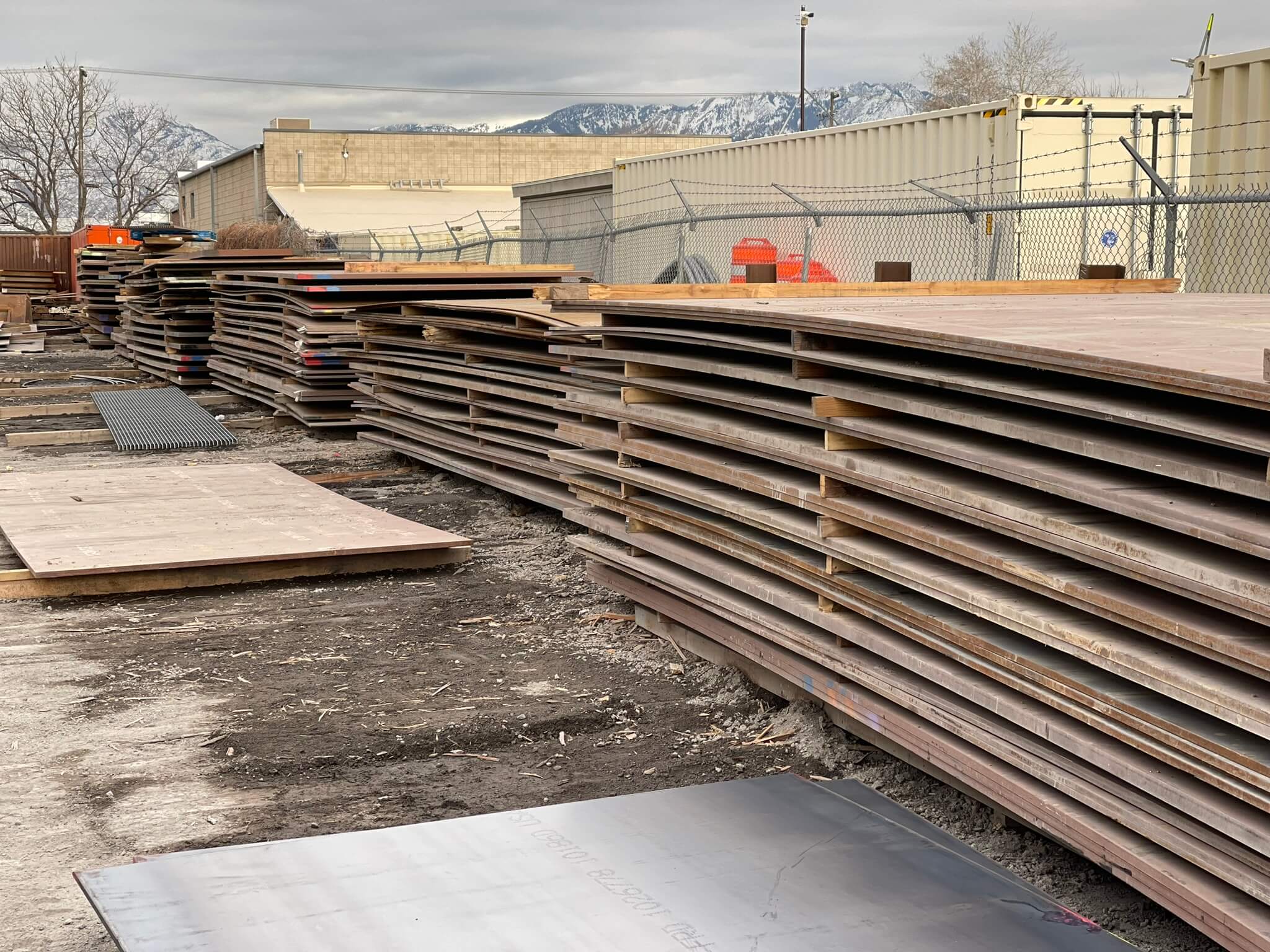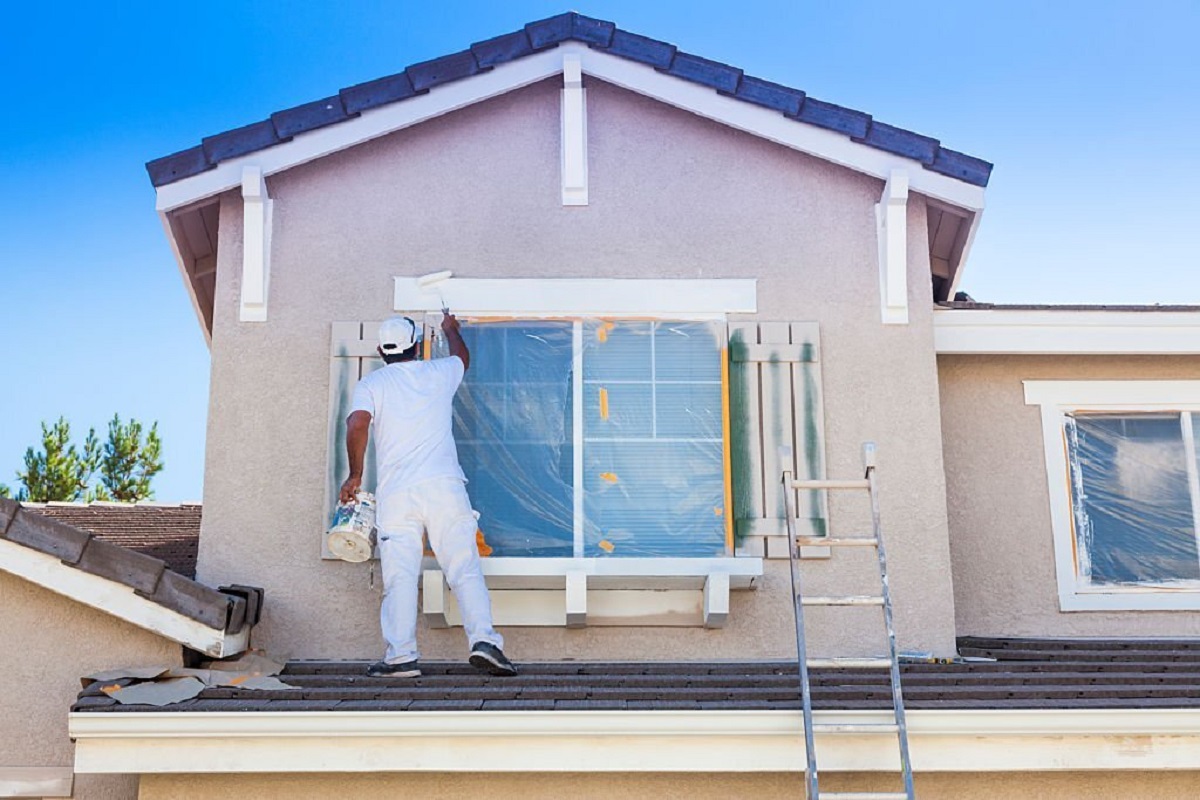When selecting the appropriate steel armor for heavy-duty applications, two names that frequently emerge are AR400 and AR500. And the question arises: Is AR400 Stronger than AR500? They represent two variants of abrasion-resistant steel. Let us don our steel-toed boots and plunge into the realm of armored plates to uncover the truth!
AR Steel Plate: The Resilient Guardian Against Wear and Deterioration
Definition and Characteristics:
AR steel plate, abbreviated for Abrasion-Resistant steel plate, is a robust and enduring material explicitly engineered to combat wear and tear. Its unique composition grants it extraordinary properties, rendering it the preferred choice for projects confronting abrasive challenges. This armored champion boasts increased hardness and excellent formability while retaining weather-resistant qualities.
Formability and Weather-Resistance:
Despite its ruggedness, AR steel plate surprises with its formability. It can be molded and shaped without compromising its toughness, making it a versatile contender for various applications. AR steel’s weather-resistant qualities protect it from rust and corrosion, even in harsh environments.
Increased Hardness with Carbon Addition:
The secret to AR steel’s unyielding strength lies in its carbon content. Carbon enhances its hardness and abrasion resistance when added to the steel’s composition. As a result, AR steel can withstand the relentless grinding and impact of abrasive materials without losing its edge.
Ideal for Projects with Wear and Tear:
AR steel plate is the hero you call upon when your projects face the wrath of wear and tear. It excels in high-wear applications, such as mining equipment, heavy machinery components, and construction materials exposed to harsh conditions. Think of it as the ultimate shield against the forces threatening to erode and damage your valuable assets.
Explanation of Hardness Numbers:
You might come across AR400, AR450, and AR500 designations when exploring AR steel plate options. These numbers play a significant role in revealing the steel’s specific strength characteristics.
Significance of Numbers:
The numbers following “AR” represent the steel’s Brinell hardness rating. For example, AR400 has a Brinell hardness of 400, while AR500 boasts a rating of 500. The greater the numerical value, the stronger the steel’s capacity to withstand deformation and abrasion
Introduction to the Brinell Scale:
The Brinell scale is the key to understanding the hardness measurement of AR steel plates. Named after its inventor, Johan August Brinell, this scale evaluates a material’s hardness by measuring the indentation it creates when a hardened steel ball is pressed into it.
Use of a 10 mm Hardened Steel Ball:
A 10 mm hardened steel ball is used as an indenter to measure hardness. A defined force applied to the ball leaves an indentation on the AR steel surface. The size of the indentation determines the material’s hardness on the Brinell scale, ultimately defining its abrasion resistance and overall strength.
Understanding the Battle of the Steels:
AR400: The Resilient Warrior
AR400, the battle-hardened veteran, is an abrasion-resistant steel with a hardness rating of 400 Brinell. Like a seasoned warrior, it’s designed to withstand the onslaught of wear and tear in harsh environments. This steel is commonly used in industries like mining, construction, and manufacturing, where equipment faces the constant grind and impact of abrasive materials.
AR500: The Indestructible Titan
In the opposing corner stands AR500, the heavyweight titan, boasting a hardness rating of 500 Brinell. This steel is not intended for the timid, as it is meticulously crafted to withstand even the most unyielding impacts without a hint of strain. AR500 is popular for targets, armored plates, and shooting range applications.
Strength Comparison: Analyzing the Battle of AR400 and AR500 Plates
Regarding armored plates, two names stand tall in the steel fortress: AR400 and AR500. As we put on our safety helmets and goggles, let’s dive into the strength comparison of these robust materials to see which emerges as the ultimate champion.
Tensile Strength Showdown:
Tensile strength measures a material’s ability to withstand pulling forces without breaking. While AR400 and AR500 have formidable tensile strength, AR500 takes the lead in this department. Its higher hardness and alloy composition give it an edge, making it a preferred choice when extreme strength is necessary.
Yield Strength and Impact Strength Evaluation:
Yield strength represents the stress a material can endure before permanent deformation occurs. In this contest, AR500 again flexes its muscles with a higher yield strength than AR400. This attribute makes AR500 more suitable for heavy-duty applications where resilience under pressure is critical.
However, when it comes to impact strength, AR400 shows its tenacity. It can absorb sudden blows without shattering, making it an ideal candidate for applications that face repetitive impacts.
Significance of Hardness:
A substance’s intrinsic hardness is a pivotal determinant in ascertaining its capacity to withstand wear and abrasion. With its higher Brinell hardness rating, AR500 undoubtedly triumphs in this area. This makes AR500 a go-to option for applications subjected to severe wear, such as shooting range targets.
Performance Under Stress:
Under various stress conditions, both AR400 and AR500 exhibit impressive performance. AR500’s exceptional hardness allows it to maintain its integrity under intense pressure, while AR400’s impact strength helps it withstand sudden shocks. The choice between the two depends on the specific demands of the application.
Composition and Heat Treatment: Understanding the Alloys
AR400 and AR500 differ in composition and alloying elements, directly impacting their strength. AR400 consists of carbon, manganese, and other elements, while AR500 incorporates additional alloying elements like chromium and molybdenum, elevating its overall strength.
The heat treatment process further enhances the properties of both materials. It improves their hardness and toughness, making them formidable opponents against wear and deformation.
Microstructure Matters:
The microstructure of a material plays a significant role in its strength. AR400’s microstructure is predominantly martensitic, while AR500’s consists of martensite and bainite. These microstructure and grain size differences contribute to variations in their mechanical properties and overall strength.
Wear Resistance and Versatility: Battle Against Abrasion
AR400 and AR500 plates are both renowned for their abrasion resistance. The higher hardness of AR500 provides better protection against abrasive forces, making it suitable for applications dealing with heavy wear. On the other hand, AR400’s impact strength and versatility make it a strong contender in scenarios where both strength and wear resistance are crucial.
Trade-offs and Material Choices:
There are always trade-offs when it comes to strength, hardness, and wear resistance. AR500’s superior hardness sacrifices some impact strength, while AR400’s higher impact strength comes at the cost of reduced hardness. Selecting the right material involves considering the application’s specific needs and balancing these trade-offs.
Practical Applications and Recommendations:
AR400 excels in construction, mining, and manufacturing, handling impact and wear with finesse. Meanwhile, AR500 finds its spot in shooting ranges and armor plating, where hardness and abrasion resistance reign supreme.
Understanding the stress and wear conditions is crucial for selecting the appropriate material. Proper application of the plates, along with the right thickness, ensures optimal strength performance. However, it’s essential to consider other factors like cost, weight, and environmental conditions when making material choices.
Conclusion:
There’s no definitive champion in the epic battle of AR400 vs. AR500. Both steels have their strengths and shine in different arenas. Selecting the appropriate one is contingent upon your preferences, akin to choosing the perfect ice cream flavor on a scorching summer day.
You can stay calm, whether you opt for 400 or 500, you shall equip yourself with premium-grade steel, poised to conquer the most formidable trials. So, suit up and embrace the power of abrasion-resistant steel!



